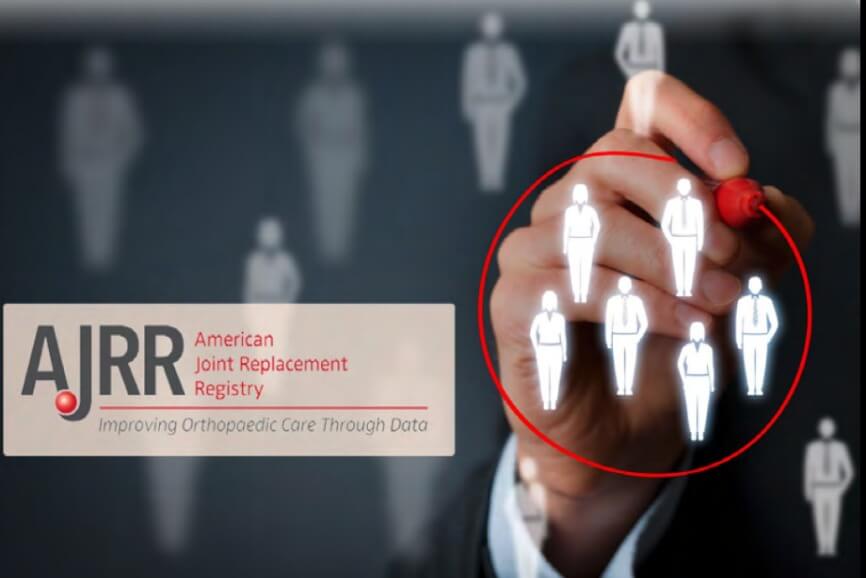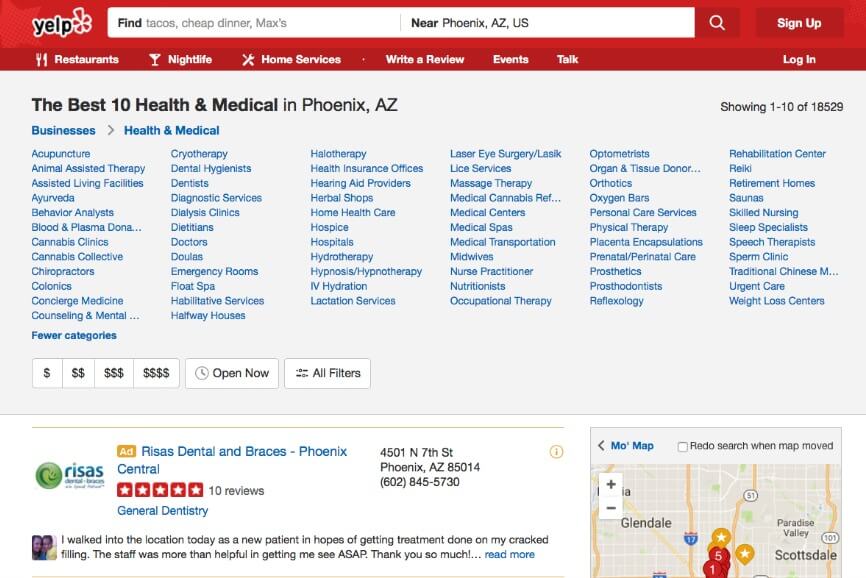In the News: Shared Decision Making + PROs = Better Outcomes
Does shared decision-making between doctor and patient actually improve the patient’s outcome? A recent study presented at this year’s AAOS conference seems to think so. It couldn’t have been done without patient-reported outcome measures (PROMs).
The study involved 556 knee or hip osteoarthritis, lumbar herniated disc, or lumbar spinal stenosis patients. The average age of these patients is 63, with 53% of them being female. Another 62% of these patients have a college degree.
PRO assessments were given to these patients at the pre-op and 6-month post-op intervals. Surveys used included the Global Health Measure assessment EQ-5D, and disease-specific measures with KOOS, Harris Hip Score, and Oswestry Disability Index (ODI).
- Want to know more about these specific PRO measures? Check out CODE’s Resource Center.
The initial pre-op assessment covered the patient’s knowledge of their condition, physical capabilities, level of pain, as well as if they preferred surgical or nonsurgical treatment. Follow-up questions, asked at the 6-month post-op interval were more focused on treatment, quality of life, and regret (or lack thereof) over the decision to have surgery.
Results
With a response rate of 70%, the study found that one-third of the patients were able to make informed patient-centered (IPC) decisions. These IPC patients recorded significantly higher outcome scores than their less informed counterparts:
- 76.7% are extremely satisfied with the pain treatment plan;
- 70.7% are very or extremely satisfied with their treatment; and
- 5.2% had regret in their decisions.
Conversely, of the less informed patients:
- 41.9% are extremely satisfied with the pain treatment plan;
- 34.7% are very or extremely satisfied with their treatment; and
- 15% had regret in their decisions.
Yes, shared decision-making with patients is the ethical path to take. But the reality is that the more information and understanding the patient has of their condition, and if they receive their preferred method of treatment (surgical or non-surgical), the better their outcome will be. The same goes for their patient-experience ratings. It’s a win-win for everyone.
It’s as simple as that, and it just goes to show the awesome power of PROs. By getting the patient’s perspective, we’re able to use scientifically validated tools to reach a quantifiable score that measures the quality of their care – and that’s really cool!
Source: AAOS
Schedule A Call With a PRO Expert!
Need more help with your PRO related questions? CODE can help! Schedule a call with a CODE expert today to get you on your way to better harnessing your patient reported outcomes.




